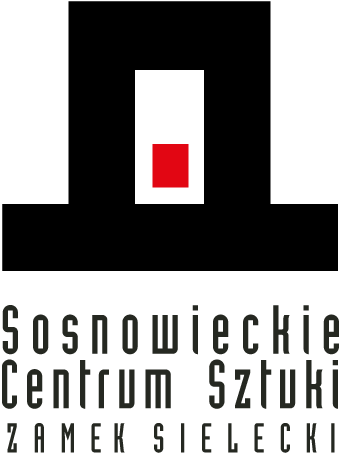REGENERUM / Self-portrait
Damaged through crumpling and tearing, photographic self-portraits become motifs for a series of paintings entitled “Regenerum”. Deformed by the damage, the self-portraits refer to changes caused by real life, in which the portrait itself is nothing obvious – it is composed of layers, reserves of experiences and sensations. The self-portraits from this series are destructive images standing in opposition to the traditional understanding of the portrait, dominating in culture and in art. The only indicator of existence are here changes. This is the process of “becoming”, “being anew”, and “regaining lost form”. The word in the title of the series, regenerum, signifies the possibility of regaining one’s forces through the creative process, in which the ordering and evaluation of oneself – and, basically, everything else – is carried out. “Regenerum” is “the art of regeneration”, based on the process of vivisection.
Fragmentary self-portraits are also an element of works from the series “Relative features of similarity” from 2017. In this series I created monochromatic portraits of men, built of fragments of various male faces. In each of the portraits there are elements (arranged vertically) of different people, including the author himself, which – after being merged into a single form – make up an ambiguous portrait, an image of a man. The series asks questions about the degree of our similarity and difference. Is there one portrait that might define and determine the male gender? The images I produce are meant to ask questions and form a discourse on the stereotypical perception of men, with unambiguous descriptions of gender through generalisation: what features it should have, what image should determine the gender in question. The unambiguous, in this perspective, becomes a negation of the real.
